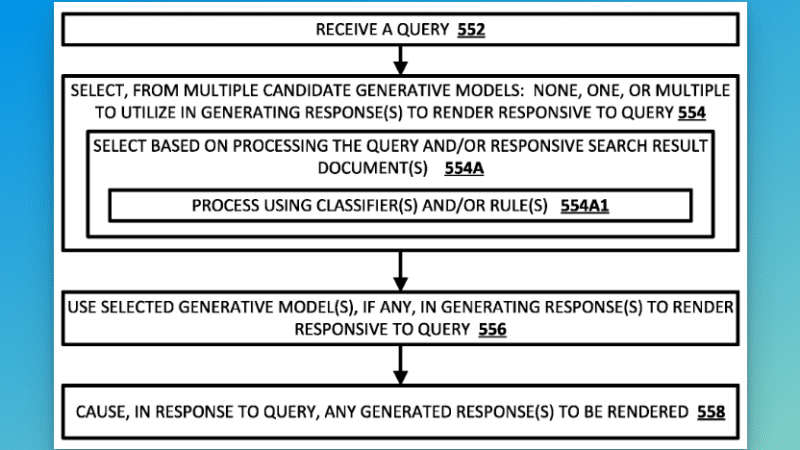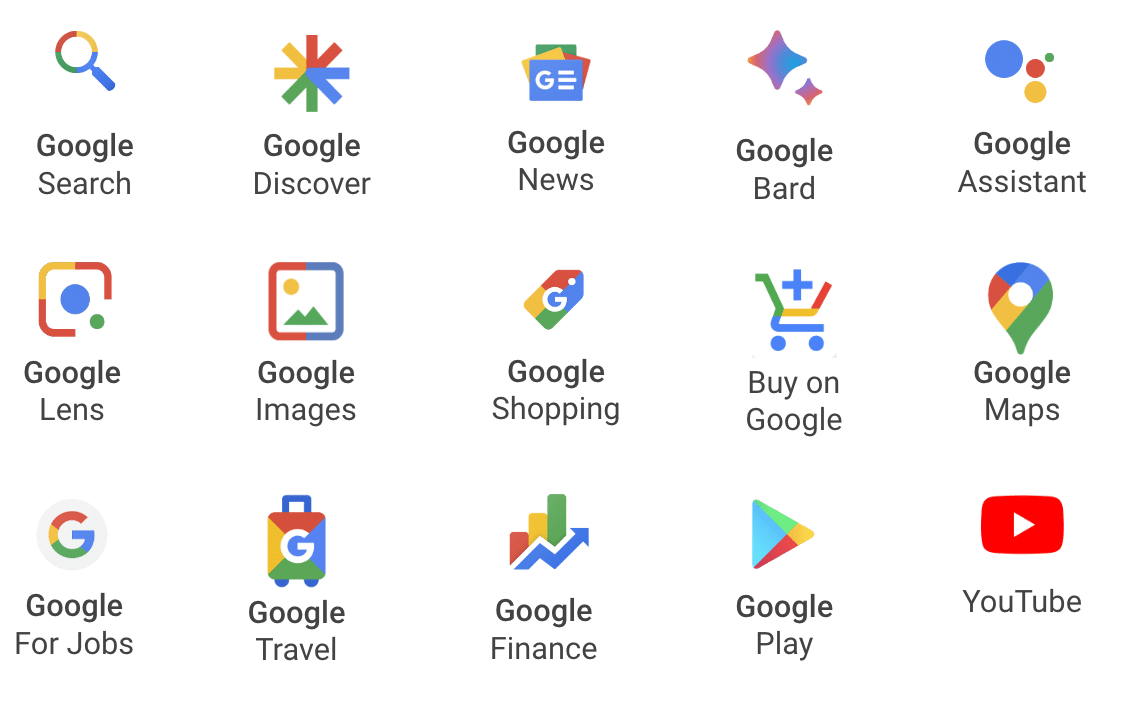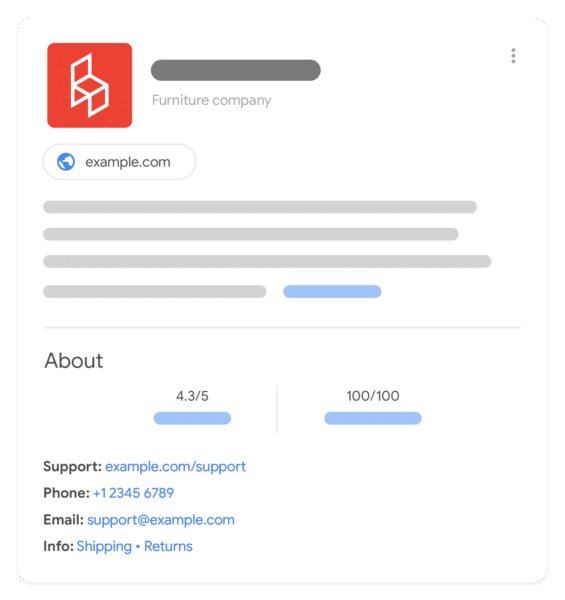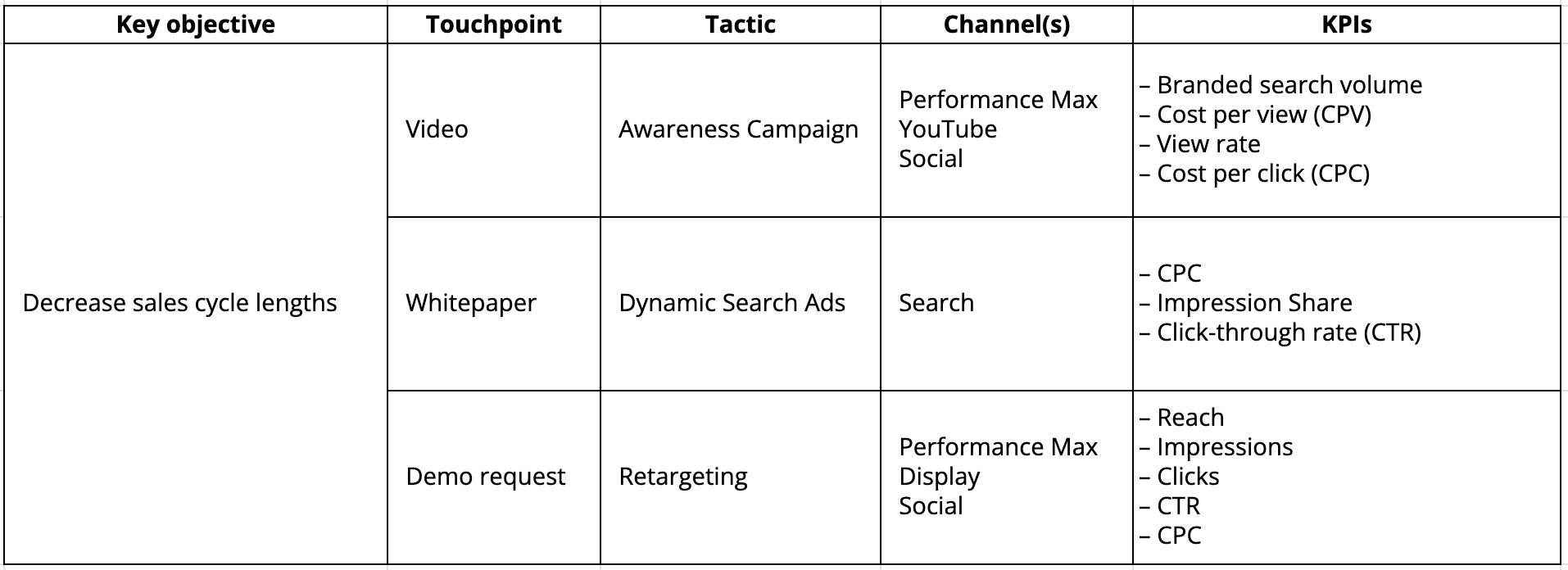The world of PPC management is changing faster now than in years past. New automation, economic shifts and developments in reporting capabilities are changing the role of a PPC agency.
When I started out in PPC in 2012, I spent much of my time making manual bid changes. The work of a PPC agency was skewed more toward execution than strategy. Today, businesses seek different support: strategic guidance, proactive recommendations and cutting-edge tool/technology integration and targeting.
Not delivering on these will result in poor client retention. There are plenty of other causes for client churn, such as:
- Budget changes.
- Poor campaign performance (not meeting client goals/expectations).
- Misaligned communication styles.
- Change in client contact or agency team.
- Change in CMO or primary decision-makers.
- Changes to company goals.
Businesses are rethinking how they work with agencies today.
Some are looking for new agency support for the reasons above, others are consolidating to single agencies across all their digital marketing needs and a few are taking things in house to save money.
How can you retain your clients and continue to be an invaluable part of their marketing mix?
Understand your client’s needs and expectations
The first, and what would seem the most obvious, thing to do is to know your client’s goals. Their real goals.
If you are confident in the work and results you are driving, you should be able to speak to them and tie them back to the business’s goals. When I say their “real goals,” I mean diving deeper than CPA or even ROAS goals.
A client may have a specific ROAS target to which they are holding you – but what does the CMO care about? They likely think about things through a wider lens, like profit and revenue..
Getting embedded deeply enough in your client’s business to reach goals like this can be challenging. Still, if you can close the loop with offline conversion tracking, you can begin to truly show the agency’s value and make parting with you a bad business decision for your client.
Having more information like this and feeding it back into Google will help you optimize your campaigns and impact your client’s business more significantly.
Where many agencies fall short is around goal setting. Having unclear or mismatched goals and expectations can be a problem. They think they are hitting goals and delivering, but they may not understand what the decision-makers really care about – whether it’s growth, increased profit, market share, etc.
Regularly schedule deep dives
The next thing you can do to retain clients and keep engagement high is to perform audits on your own work with a specific and predictable cadence.
Auditing your own work is your opportunity to take a step back, think about the larger strategy and present your findings to your client.
As the saying goes, it’s hard to see the forest through the trees. Auditing can allow you to think about the big picture and ensure your strategy is tied back to the client’s goal.
I recommend auditing accounts quarterly. This type of quarterly business review (QBR) is also a great way to get higher-level executives involved. They might not get the opportunity to see the value of your work as frequently because they aren’t in weekly meetings. But a QBR is a great time to get face time with them and ensure you are meeting their expectations.
Another side note: other agencies will likely be doing these types of audits in the background. As a business works to ensure it drives the best results possible, it will likely allow others to review your ad accounts. It’s important for your trust with the client that they feel your audits are addressing the same types of concerns these other agencies are raising.
Dig deeper: PPC management checklist: Daily, weekly and monthly reviews
Educate your clients
One of the biggest recommendations I can share as you work to create long and healthy relationships with your PPC clients is to educate them.
Create a culture of teaching by sharing recommendations, optimization opportunities and your overall process. There should not be a secret sauce you need to hide away.
Be open and teach them the “why” behind your recommendations so they can fully understand your expertise. When you make it clear to the client what you’re doing, why you’re doing i, and how you came up with the idea, they will understand the complexity of your work.
Keeping your process and strategy hidden may leave them uncertain, making it more likely they’ll be impressed by someone who showcases their work clearly. Lead regular training sessions with their team to help them truly understand PPC performance, rather than relying on reports.
Beyond sharing your strategy, do your best to share the latest trends and tactics, too. They will see you as a partner if you are consistently sharing context on industry updates.
Dig deeper: 3 steps for effective PPC reporting and analysis
Integrate tools to work smarter
Consider the tech stack you provide clients as part of your management, and don’t be shy about showcasing it. Implementing advanced tools and technologies will help demonstrate for your clients that you’re on the cutting edge.
Clients who see PPC as a primary driver of their business are looking for the next big thing to test. Highlighting your use of new tools, automation and AI-driven analytics tools will help clients feel confident they aren’t behind the curve.
Ask for feedback regularly
Finally, ask you clients how you are doing. Successful agencies encourage feedback often and in different ways. Some ways to consider are:
- A standing placeholder in meetings for feedback on any specific work.
- Client surveys annually or semi-annually.
- Outreach from executive sponsors on the account who are not involved in the day-to-day.
Collecting this feedback is important, but acting on it shows you are listening and willing to work on getting better. Most clients are reasonable.
People have different working styles, and it may take time to get the right rhythm, only to have an individual leave the organization and cause things to change.
Changing contacts is a primary cause of poor client retention, so ensure you collect feedback as often as possible without being annoying.
Striving for a lasting agency-client relationship in PPC
Client retention is a core objective for my teams every year at my agency. There are significant benefits to having long-standing client relationships, such as:
- Increased likelihood of executing a successful strategy.
- Saving on costs of acquiring new clients.
- More predictable business forecasting.
That said, clients have every right to expect the most from their PPC agency. They want an agency that challenges them, understands their business and regularly tests new things. Work to embrace that and build long, lucrative client relationships where both sides win.
Dig deeper: How to improve PPC campaign performance: A checklist
from Search Engine Land https://ift.tt/MIleZb8
via IFTTT























